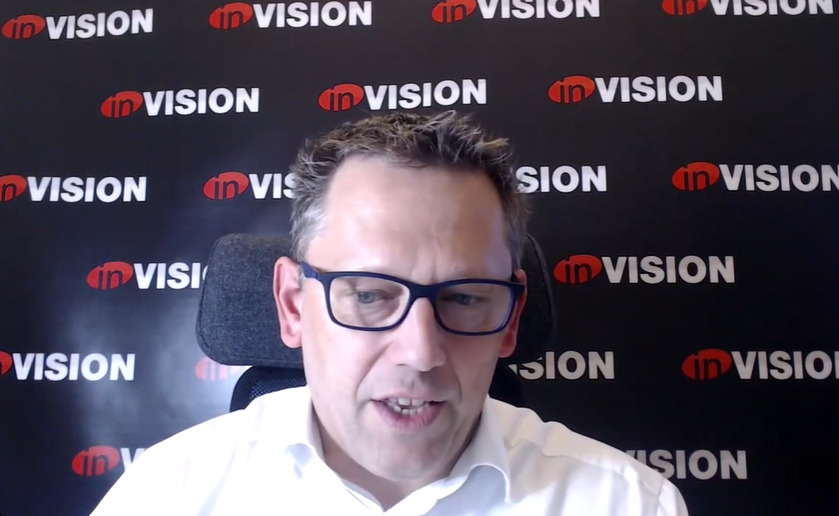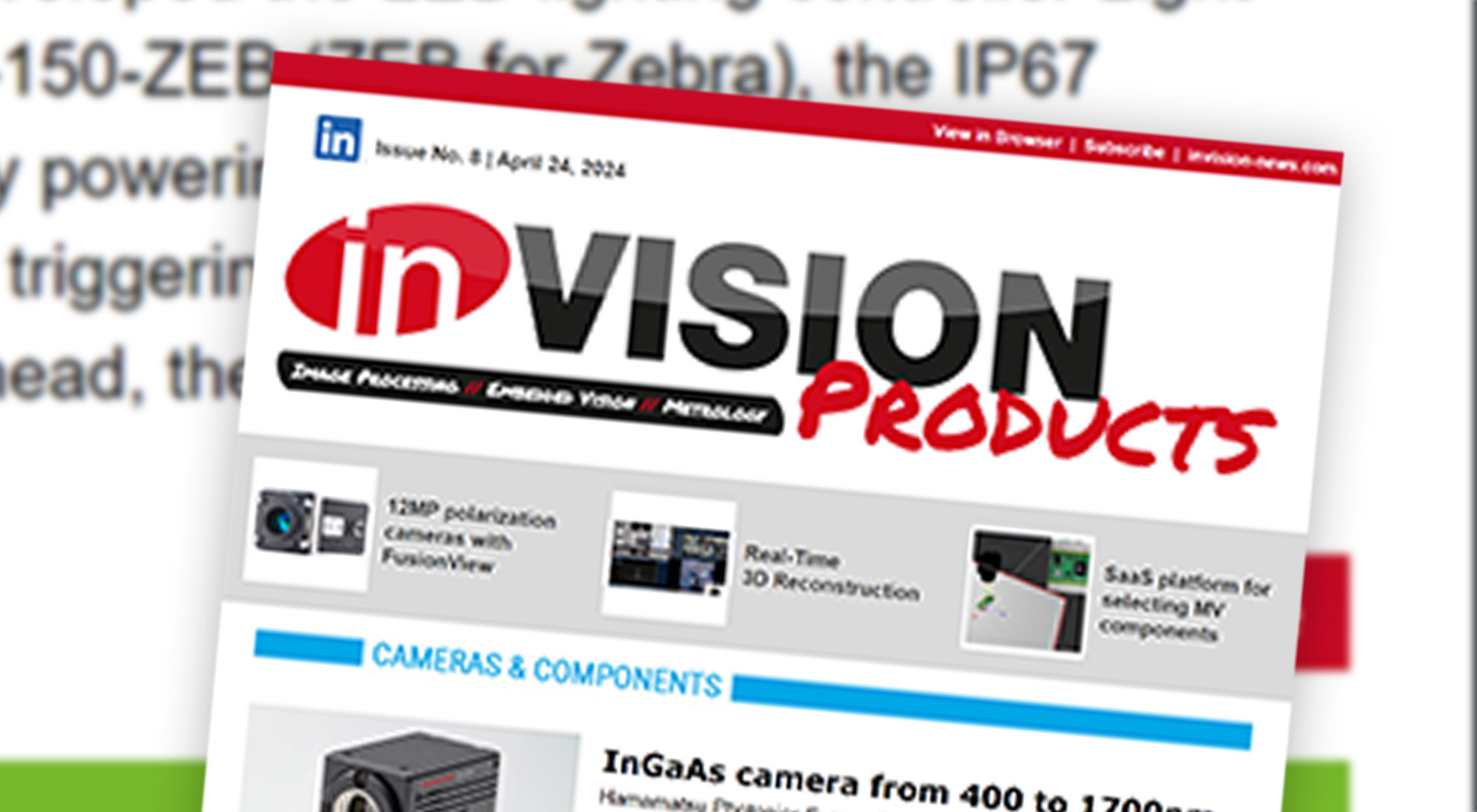




Why is security interesting for vision applications?
Sebastian Heidepriem (Sick): I think that’s the fundamental question for all of us. The world is changing and I see that for every asset of a business: Security will become more and more relevant and the world is changing. I believe that spying of a camera in a production line – where you will see perhaps a label – it’s really not that worthwhile. But breaking down the whole machine, breaking down your business, I think that’s the asset that people will need to secure in the future. It will become just a natural precondition for selling products to the market.
Kai-Udo Modrich (Zeiss): From my perspective I will come from the customer side: If we are looking into the transformation of the automotive industry in the meaning of digitization and turning factories to smart factories means for us as the vision community that more and more of our vision systems will be implemented in these future environments. We are now in a fully automated production IT environment, or we could also be part of a cloud-based system where access is possible for each and every area, from the suppliers to the OEM. So that means there’s a huge demand on security systems. Therefore if we – the vision industry – want to supply the automotive industry in future factories, we have to fulfill all the standards that are coming up, even besides security. If we are not doing this, if we are not compliant to that we will make no business.
Axel Berghoff (Phytec): I think it’s not a question about vision. Because if you have a camera with a lens and film material from the old 80s, there is no need for security (apart from the fact that you should pay attention to what you are taking a photo of). It’s the fact that there is a computer behind the sensor. So I think the question of security is directly connected with the microcontroller, with the operating system or whatever is behind the embedded imaging part. And therefore it has nothing to do with vision by itself but with the fact that we are running a computer system. And of course it’s not only the question of security, it’s a question of the maintenance of a product through its life cycle. Threats are coming and hopefully there are solutions for them. But you have to be able to apply them as well. So it’s a question of making a system secure and keeping it secure over its life cycle.
Marian Gläser (Brighter AI): This is part of our core business. We do not specifically look at data security. However, data privacy and being a privacy tech company is in a sense a measure in order to increase the overall security of a system and I couldn’t agree more with Mr. Berghoff. The problem is not vision but its computer system. I would go one step further, where the biggest concerns also in terms of privacy come in is, that the computer system becomes more scalable. Facial recognition started in the 80s, but it’s only since about five years and the advent of deep neural networks that the potential to go through vast amounts of data in a highly scalable manner became possible. We see this utilized more and more on the governmental side as well as in the private space now. Our role of course is the data protection but the security part around it becomes way more relevant nowadays due to scalable tracking systems.












